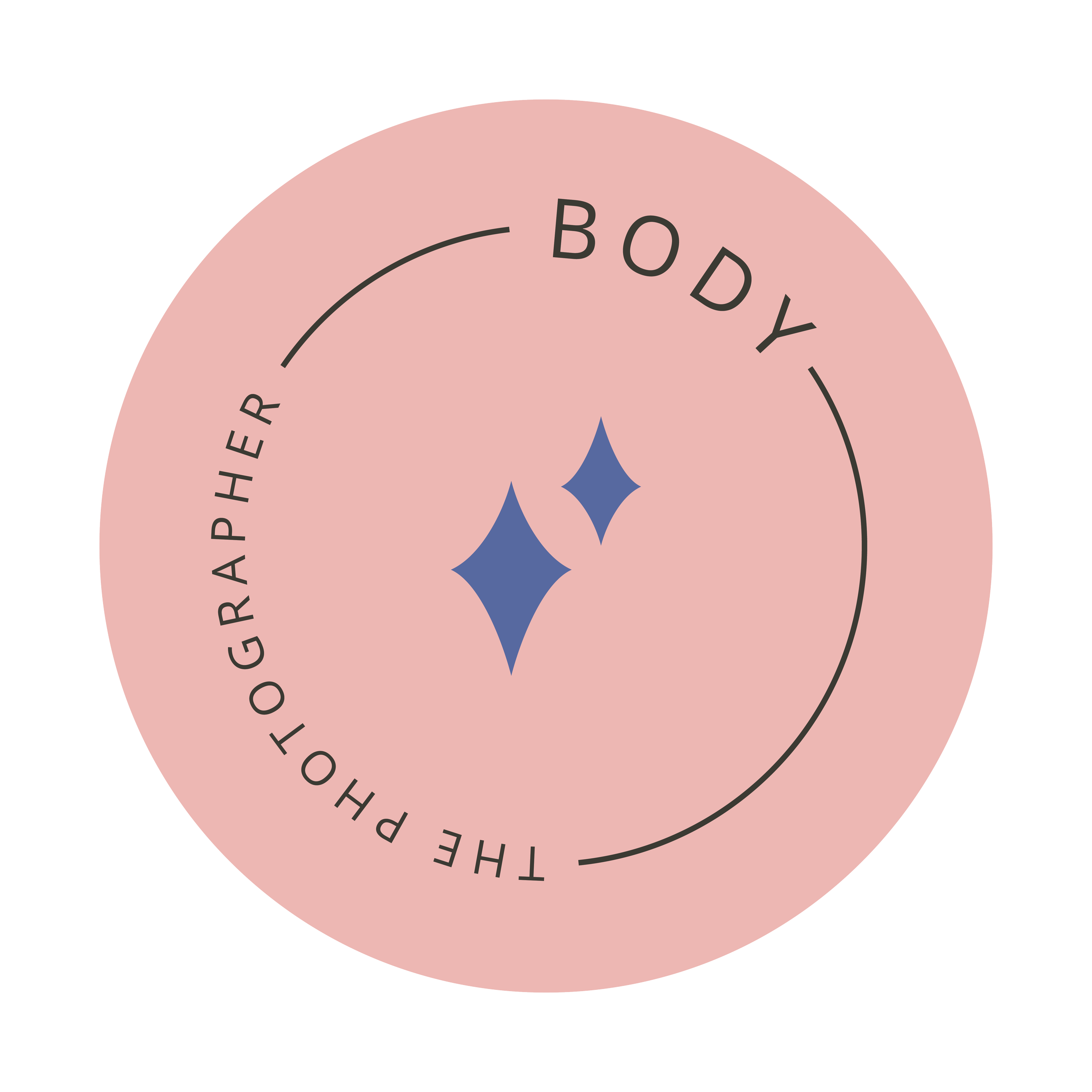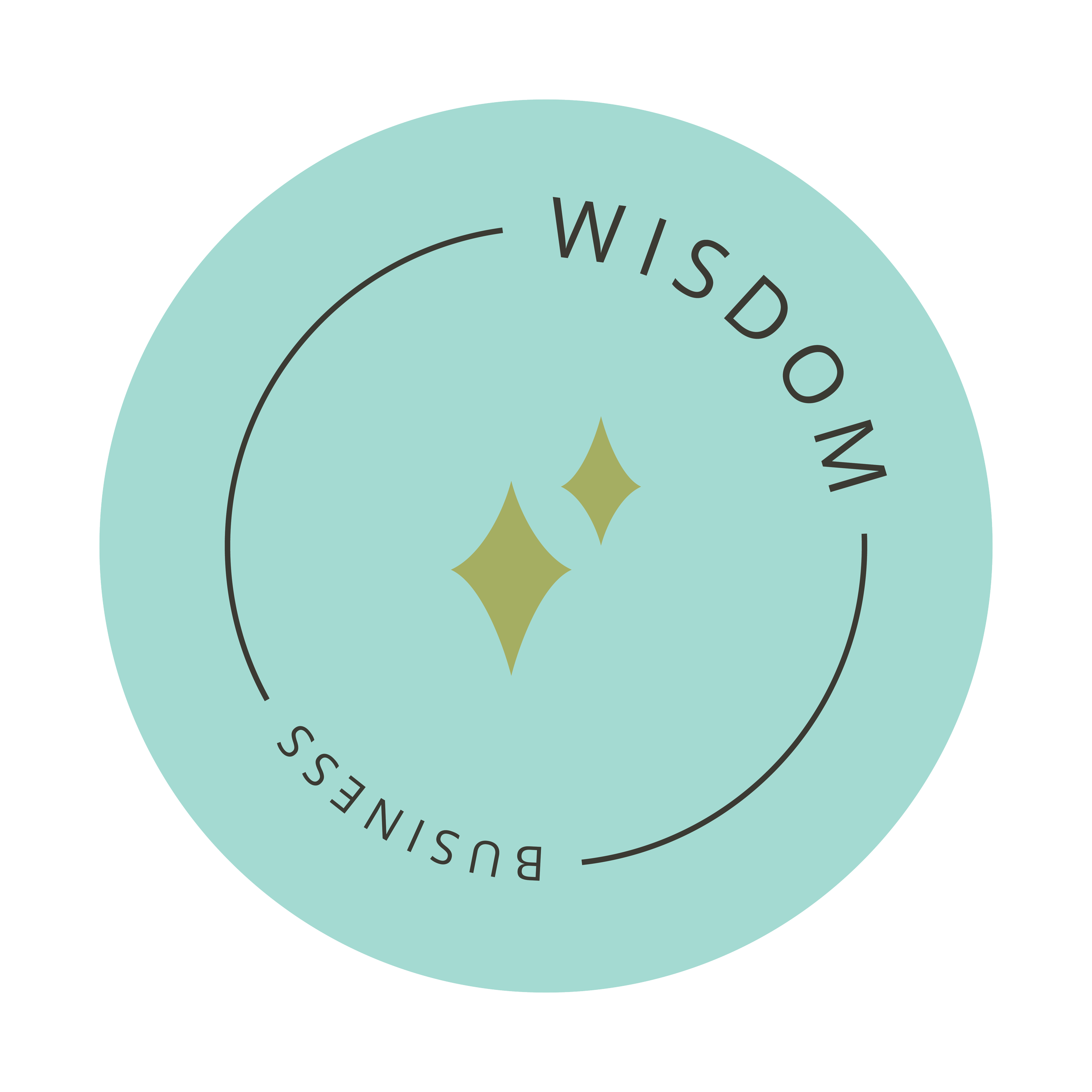Photographers! How to compete with FREE
Image by: @rmartin_
I recently celebrated my wedding anniversary and my husband and I tried a local casual dining Italian restaurant we haven’t been to yet. Our daughter had gone there for a birthday dinner before and liked it.
It was a nice place and the food and service decent. My daughter had told us excitedly about their FREE, unlimited bread bar, included in all meals. Pick your bread, pick your spread and toast it on a large, communal grill. She’s 16 and to her it was a fun novelty.
After making our bread, we sat down and my husband remarked that he would have just preferred someone to bring an order of garlic bread to our table. We didn’t share the perspective of my teen - we stood awkwardly beside other diners toasting their bread, and the grill was set to low heat to avoid burning so it took awhile. We had to take our bags/ wallets with us from the table because we went at the same time, but then I sat alone for several minutes while my husband needed to return and toast his bread longer. Not the most convenient or romantic experience. If I wanted to prepare my own food I could have done so at home! I had decided to spend money for a dining experience but for my investment I would have preferred not to DIY. The free bread bar cost me my time and effort that I could have spent chatting with my husband at the table, enjoying our drinks. I would have rather paid the $4.99 or whatever an order of bread is, than the time we wasted with prepping our own.
Shortly thereafter I was listening to a marketing book where they discussed this very concept of FREE. Their example was overbooked flights. Have you ever been waiting for your flight at the airport where an agent offered some to receive a reimbursement and even added compensation for their flight if they gave up their seat? Did you take them up? Did everyone in the waiting room flock to the desk? Probably not, because your payment served to guarantee your seat on that flight, and presumably you had a good reason to keep to your timeline - connecting flights, cruise bookings, hotel bookings, work obligations on the other side, etc.
There are plenty of these examples that demonstrate FREE always has a cost. The question is, how willing are you to pay the hidden cost over the sticker cost? In some cases it may be worth it. Maybe you won’t want to bump your flight, but you’re willing to stand in line for a few hours to get a free meal on promotion from your fave fast food place. Or maybe you’re not willing to stand in line for hours for food, but you are willing to be bumped on a flight because you have flexibility in travel plans. Here is where the secret lies in competing with free.
The saturated photography market
When we encounter photographers in our area that have low pricing or offer services for free, we instantly fear that this is nail in our photography coffin. I see it all the time - how can I compete? If we look at the examples above, we know that in many situations, free is NOT desirable. Who wants to change their whole travel itinerary - what a pain! In many cases your money guarantees your service/ product and in many cases that’s exactly what you wanted and paid for. If we look at healthcare we (very unfortunately) see this a lot. The public system may make you wait months for medical services, but paying in the private sector gets you the MRI next week. While we may be forced to wait due to our budgets, those that have the money can cut their wait time and it’s worth it to them to do so.
We tend to assume that people prefer free, without examining what hidden and undesirable costs there may be for clients to make them think twice. So let’s do that right now!
How do photographers compete with low cost or free?
F - Find out what’s important to your client. This is part of your business planning to develop a specific (ideal) client profile. The more we know about our clients or the type of clients we want to serve, the better positioned we are to intimately know their needs and provide it. Do your clients value quality, status, time, convenience, personal touches? Do they prefer DIY, arm’s length dealings, speed?
R - Realize that free services never come without some other invisible cost, because there always has to be a compensation for a reduction or removal of money. When you save on groceries at the No Frills grocery then you know their location will be bare bones in order to be in a position to reduce prices on those groceries; maybe self check-out cashes, no bags, and products haphazardly thrown in bins. That you will get less service or amenities, less personal touch points or guidance/ support, lesser quality, less convenience or more time spent to compensate for the smaller or no price-tag. Once you realize this, you are empowered to know that some don’t want to pay those costs, and paying good money to neutralize these consequences or invisible costs is a very common thing.
We as photographers usually face this when we begin our business. We seek free tools - website providers, gallery providers, payment platforms that take little to no payment processing fees. We do this as a symptom of offering low price which is the other side of this problematic coin of low price altogether. But what are you sacrificing for the free tools? WIX will give you a free site but their brand is displayed on your website and in the web address. The cost can be credibility or reputation of clients knowing you are using free tools, and having your website being used as an advertising vehicle for them. Many free plans restrict certain functions so another hidden cost is limitations in what you can do for your business. Gallery platforms may restrict number of galleries, where the hidden cost is limiting your growth or added administration to constantly remove galleries to add new ones. If you had a good revenue stream, or once you do, don’t you upgrade to eliminate the advertising, the limits? The cost of free really can take a toll and your clients can feel this too. Money overcomes these problems.
E - Eliminate. For each benefit that free seems to represent, eliminate it as a possibility, using the values identified in F. In terms of a photography example, a free session means the client has more money in their pocket, a perceived benefit on the surface. But if the client values quality, then you can eliminate free as a viable option because free services in photography often have the hidden cost of inexperience, risking quality.
E - Enlighten: When you go through each perceived benefit of the low cost or free thing and eliminate it, you can create that as a value point for your clients in their communications. You enlighten them gently to those hidden costs that would be neutralized by their investment. Using our example above, the communications on your website may focus on the quality of your products, your years of experience. When you say these things it’s not only building value, but it’s knocking down the FREE that may be lurking in corners. So that when a client contacts you about their wedding, and then their 3rd cousin on their mother’s side offers to do it free, they may already be enlightened to the fact that this transaction could cost them a lot more than what you’re charging - the hidden cost of low quality, missed photos, and a general ruin of their wedding day.
A luxury note: many journalists/ authors have interviewed highly successful and affluent people to study and find common attributes of their success. Once such identified element is time. If you want to break free of saturated markets and break into more affluent markets, TIME is a huge hidden cost that this group will pay to eliminate. If you had the money, where would you pay to save time, to gain time with family and for recreation, exploration and imagination? This means that part of appealing to a more affluent segment of the population is to appeal to their value of time in exchange for their money. Your services must not have long, drawn out or confusing processes or consultations, too many emails with documents (i.e streamlining your booking/ invoicing through a CRM) or giving galleries with 300 photos (hi, overshooters!) and asking clients to choose their 10! Which means you too must invest because the hidden cost to you of free or low-cost tools in your photography business is the clients you may lose who want to pay to neutralize free! (ack, I know this is a bit of a brain teaser, right?)
Linking the other pillars
Free takes the toll of our time and energy. I would rather engage my body in fitness, massage or any number of other things, than saving a few bucks elsewhere that eats my time.
When you really can see the costs of free, you realize it serves your business much better to charge profitable prices. Your clients can get what they value out of the transaction and then you have the money to get out of your own free/ hidden cost cycle. What a relief would it be for some things that eat your time or suck your energy?
We absorb the negative energy of worry about the others offering free or low cost services which is a hidden cost for us and our brand. Present your brand as the one to neutralize hidden costs for your clients, and you may be surprised at how many will pay.
I think we all know on some level that free isn’t always the alluring or the desirable choice. If it were then there would be no paying services in the world! People pay to get what they want on their terms. If you constantly worry that free will take your business away, check-in with your intuition which will lead you to examine the root of this - fear. Once you can work on that, you can be ‘free’ and start working with more confidence that people will hire you at profitable prices.
Join the Facebook Group with over 6,000 like-minded members to chat with others on this topic, and more!






